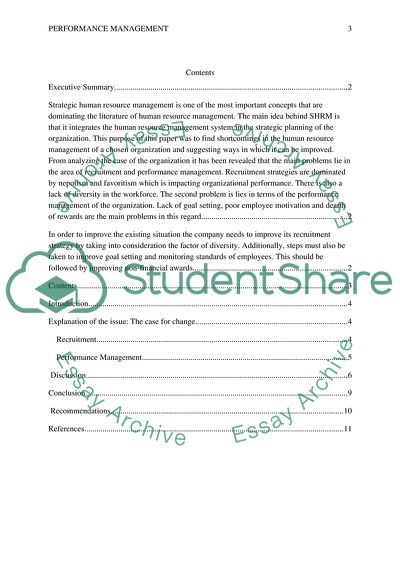Cite this document
(Performance management Research Proposal Example | Topics and Well Written Essays - 2500 words, n.d.)
Performance management Research Proposal Example | Topics and Well Written Essays - 2500 words. https://studentshare.org/human-resources/1839550-performance-management
Performance management Research Proposal Example | Topics and Well Written Essays - 2500 words. https://studentshare.org/human-resources/1839550-performance-management
(Performance Management Research Proposal Example | Topics and Well Written Essays - 2500 Words)
Performance Management Research Proposal Example | Topics and Well Written Essays - 2500 Words. https://studentshare.org/human-resources/1839550-performance-management.
Performance Management Research Proposal Example | Topics and Well Written Essays - 2500 Words. https://studentshare.org/human-resources/1839550-performance-management.
“Performance Management Research Proposal Example | Topics and Well Written Essays - 2500 Words”. https://studentshare.org/human-resources/1839550-performance-management.


